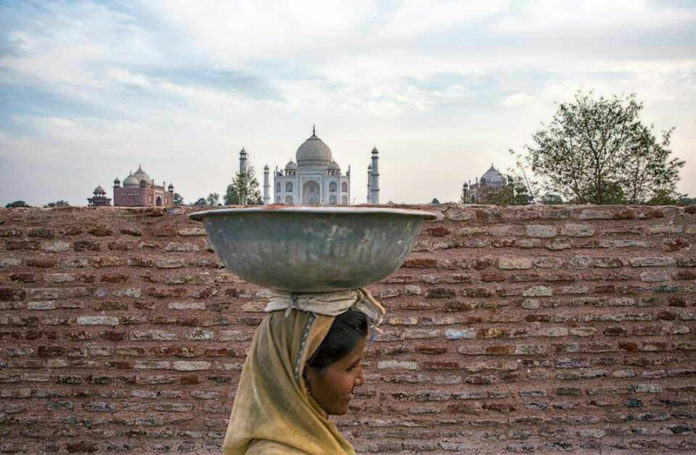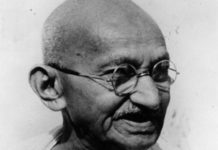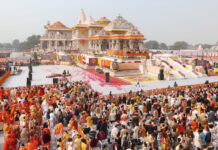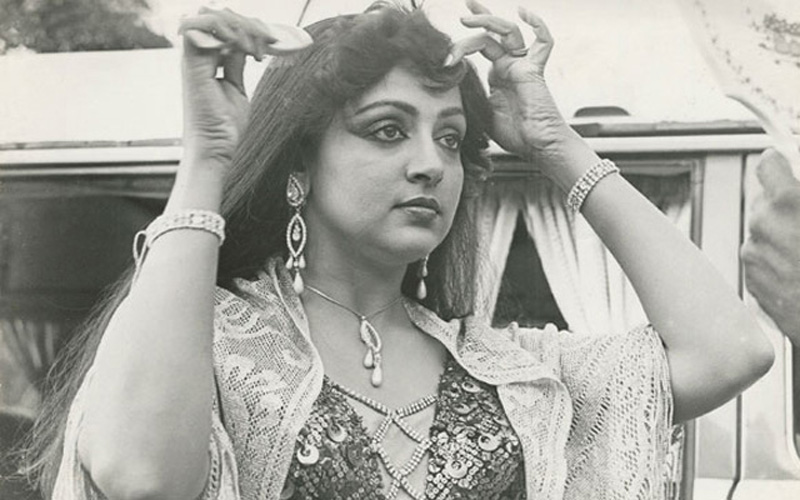Agencies
NEW DELHI: Who owns the Taj Mahal?
There are many claimants – Sunny Muslims, Shia Muslims, the Vishwa Hindu Parishad and the the Archaeological Survey of India.
Currently maintained by the Archaeological Survey of India, India’s foremost tourist icon is visited by over seven million people each year and generates revenue of over 200 million Indian rupees.
The Sunni Waqf Board of Uttar Pradesh is currently fighting a court battle with the Archaeological Survey of India (ASI) to wrest control of the monument. The court battle that started in 2005 is now in India’s Supreme Court.
The Sunny Waqf Board says the monument was endowed to it by Mughal emperor Shah Jahan who built the Taj Mahal in memory of his wife Mumtaz in 1648.
Moreover, the Sunni Waqf Board argues, that since the Taj Mahal is a Muslim mausoleum, it should be handed over to Muslims.
But the Archaeological Survey of India (ASI), which filed a petition in 2010 to challenge the Sunni Waqf Board’s claim, wants it to produce evidence that Emperor Shah Jahan declared the Taj Mahal a waqf property. The word wakf means an endowment of land or property by a Muslim for a religious, educational or charitable cause.
The Indian Supreme Court on Tuesday – April 10 – gave the Sunni Wakf Board a week’s time to produce documents signed by Emperor Shah Jahan to prove its claim to the monument.
When Sunni Waqf Board lawyer VV Giri argued that Shah Jahan had signed a wakfnama to hand over the Taj to the Sunny Muslims, the apex court asked him, “Then you show us the original deed executed by Shah Jahan. Show us the signature.’’
Chief Justice Dipak Misra wondered, “How did he (Shah Jahan) sign the wakfnama? He was in jail and used to view the monument while in custody.’’
When he fell ill and a battle for succession among four his sons ensued, Shah Jahan was jailed in Agra Fort in 1658 by his son and successor Aurangzeb. He died in jail in 1666.
Appearing for the Archaeological Survey of India, advocate ADN Rao argued that there was no waqfnama signed by Shah Jahan and that the Taj Mahal belonged to the government of India.
Rao said, “Under the 1858 proclamation, the properties taken over from the last Mughal emperor, Bahadur Shah Zafar, by the British vested with the Queen. By the 1948 act, the buildings were taken over by the Indian government.’’
Apart from the Sunny Waqf Board of Uttar Pradesh, the Shia Muslims also want the monument to be handed over to them because Mumtaz in whose memory Shah Jahan built the Taj Mahal was a Shia.
Shia leader Syed Faiyyaz Haidar has laid a claim to the monument, saying that “the Taj Mahal’s architecture highlights its Shia connection.’’
Vishva Hindu Parishad leaders say the Taj Mahal is built on an ancient Hindu Shiva temple complex called Tejo Mahalaya.
These Hindu leaders argue that they have documents to prove that Mughal emperor Shah Jahan had bought a part of the temple complex from Raja Jai Singh to build the Taj Mahal.








